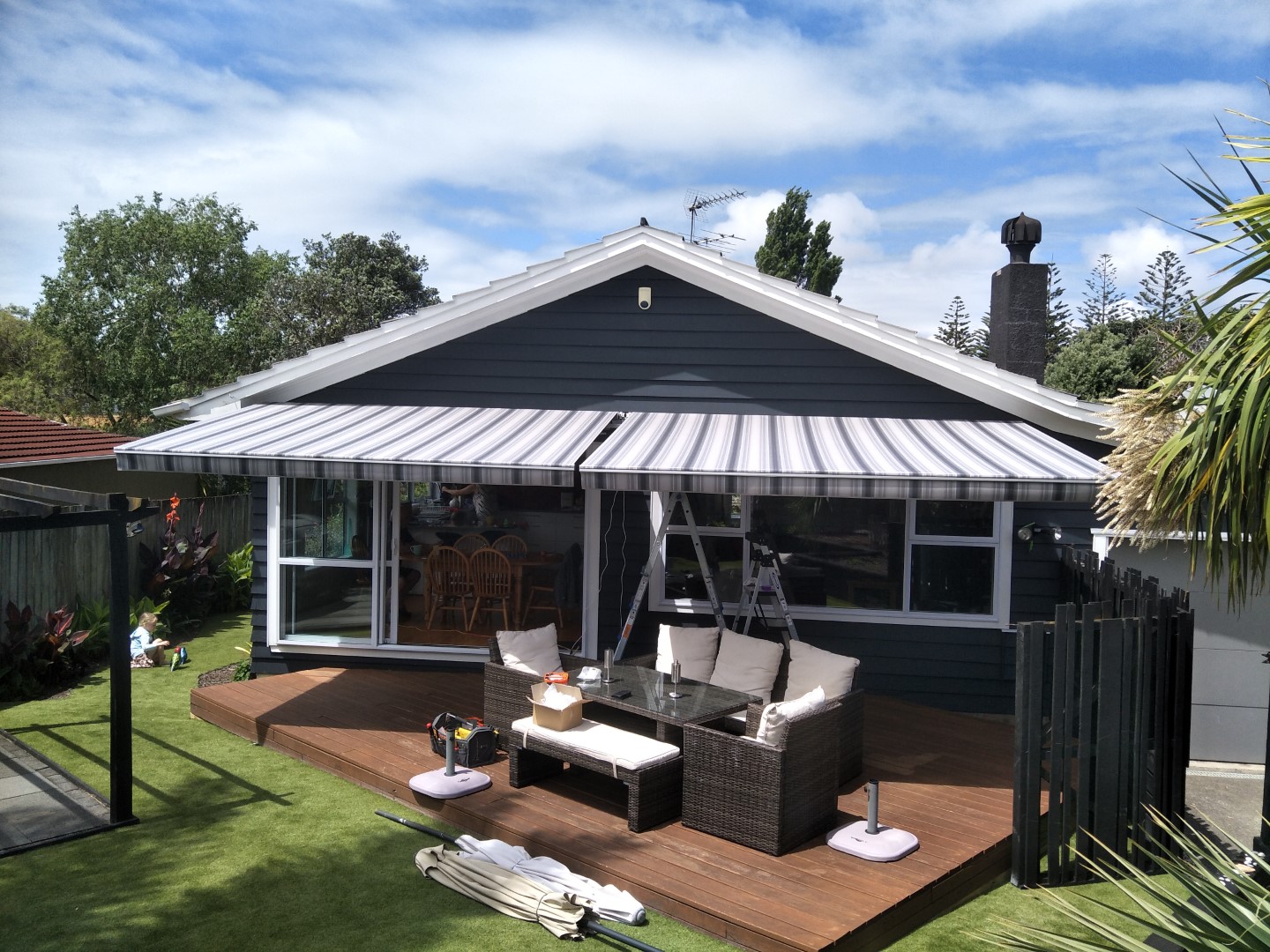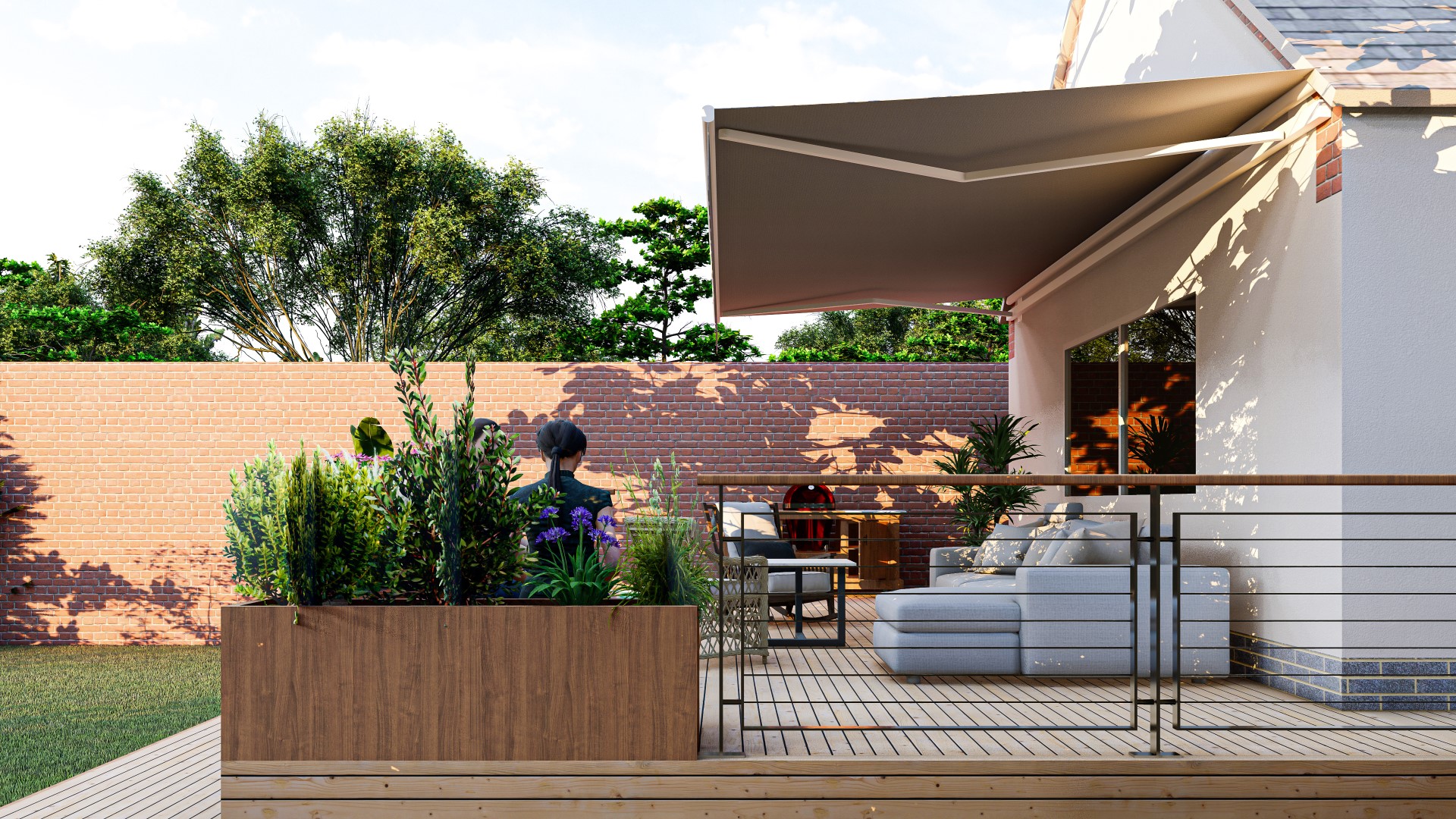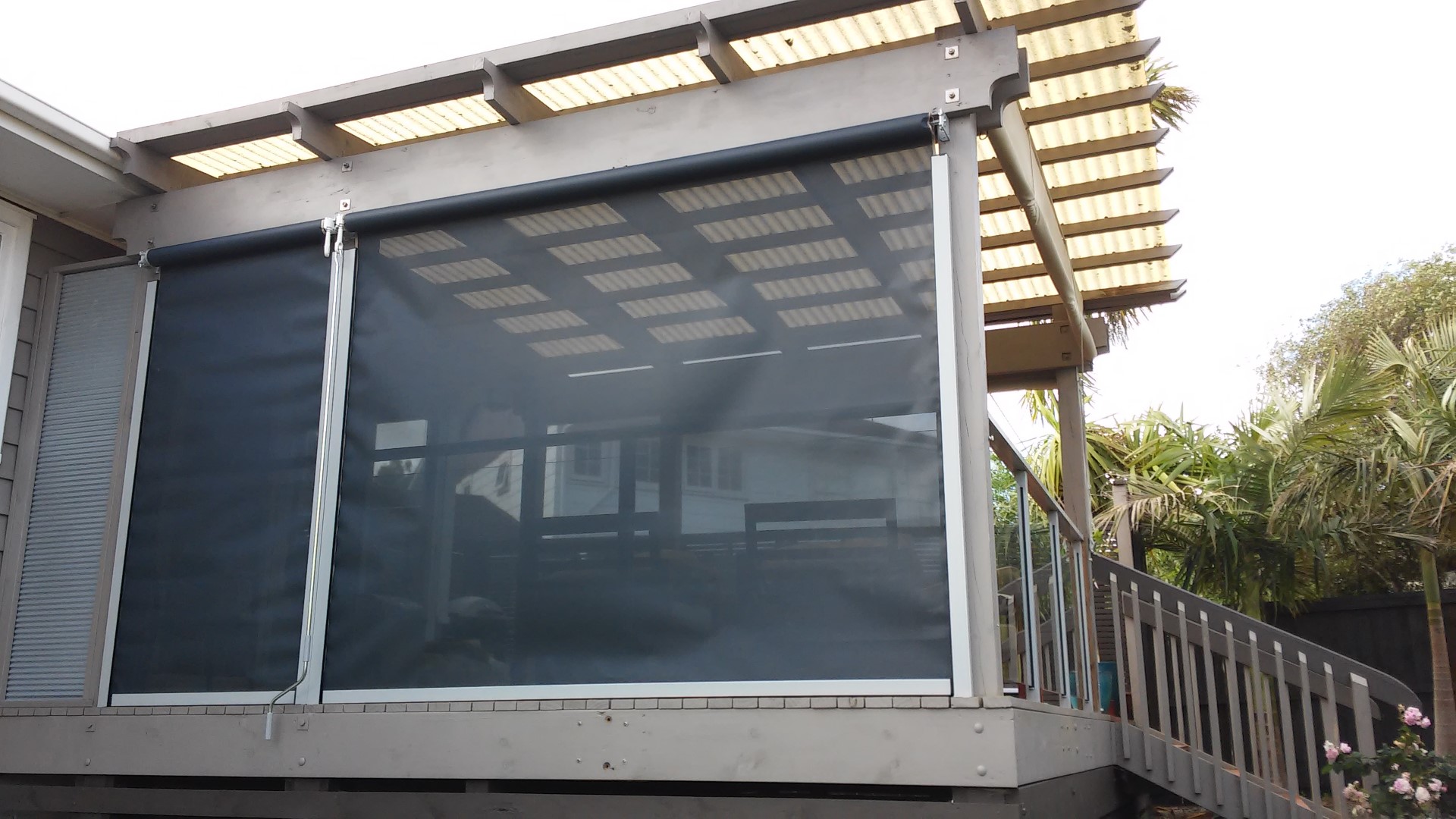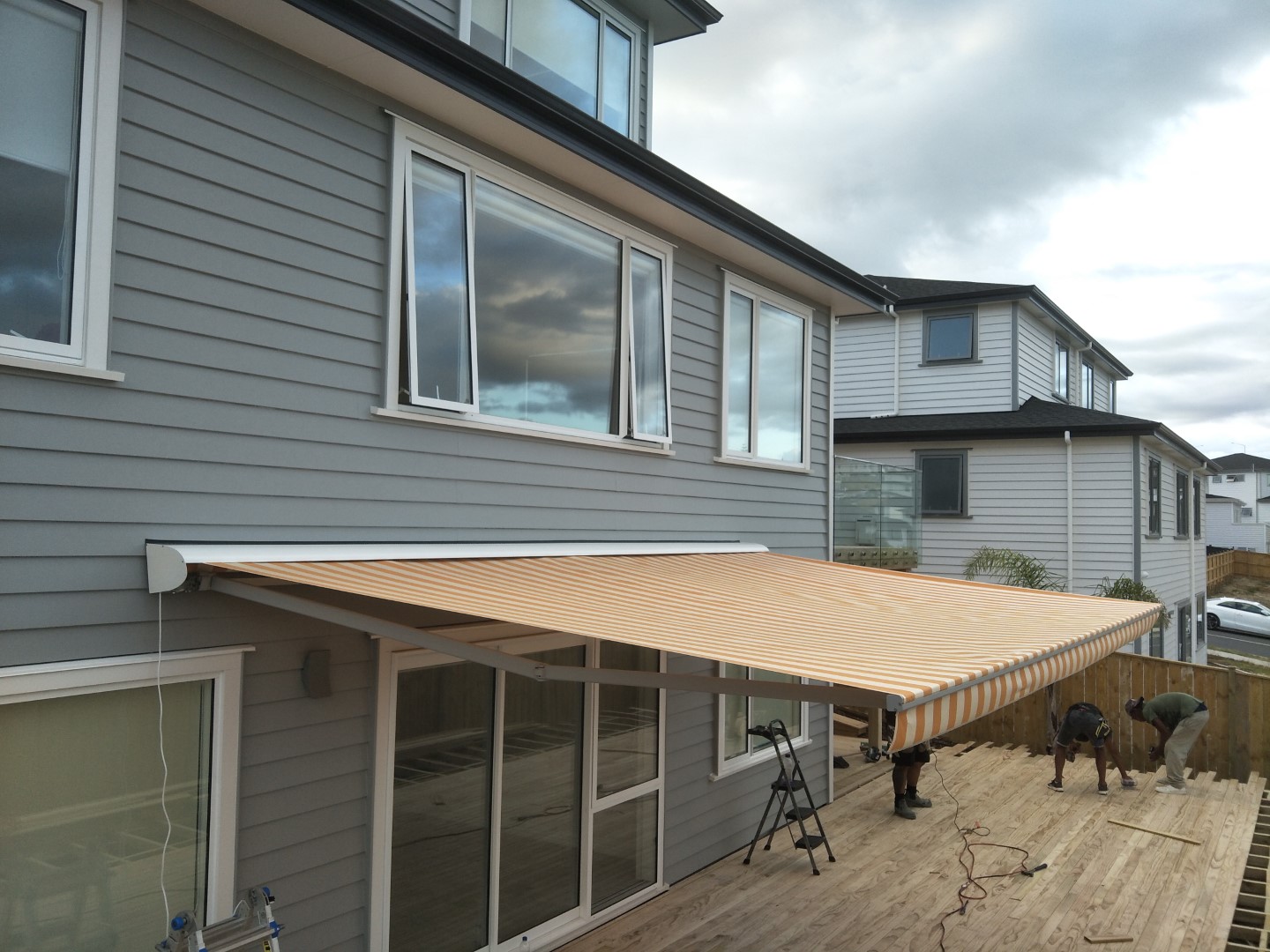In recent years, homeowners and businesses alike have become increasingly aware of the need to reduce energy consumption. One of the most effective yet often overlooked solutions is the installation of awnings in NZ. While awnings are commonly appreciated for their aesthetic appeal and ability to create comfortable outdoor spaces, they also provide significant environmental benefits by helping to regulate indoor temperatures. By reducing the amount of heat entering a building, awnings can lower the need for air conditioning, which in turn cuts down on energy use and greenhouse gas emissions.
Here’s how awnings NZ work to keep your space cool and energy-efficient, all while supporting a more sustainable future.
How Awnings in NZ Reduce Indoor Temperatures
When sunlight streams through windows, it brings with it intense heat that can quickly increase indoor temperatures. This effect, known as solar gain, forces cooling systems like air conditioners to work harder to maintain a comfortable temperature, leading to higher energy consumption.
Awnings act as a physical barrier against direct sunlight, blocking a large portion of solar radiation before it even reaches your windows. By keeping direct sunlight out, awnings in NZ prevent heat from accumulating indoors, effectively cooling your home or business naturally. Studies have shown that awnings can reduce solar heat gain by up to 77% on windows facing direct sunlight, dramatically decreasing the temperature inside and easing the workload on air conditioning systems.
Key Environmental Benefits of Awnings NZ
1. Energy Savings
By blocking a significant amount of solar heat, awnings NZ reduce the need for air conditioning, especially during the hot summer months. Lowering the demand on air conditioners translates to immediate energy savings and reduced electricity bills. According to the Professional Awning Manufacturers Association, homeowners who install awnings on their windows can save as much as 25% on their cooling energy costs.
For businesses and commercial properties, these savings can be even more substantial, especially in large buildings where energy costs tend to add up quickly. With less energy consumed, your home or business will have a reduced carbon footprint, making awnings an environmentally friendly investment.
2. Reduced Greenhouse Gas Emissions
Electricity production, particularly from non-renewable sources, generates significant amounts of greenhouse gases. By using awnings NZ to lower indoor temperatures and reduce reliance on air conditioning, homes and businesses can contribute to a decrease in overall greenhouse gas emissions. The less energy needed for cooling, the fewer emissions generated, making awnings a simple yet impactful way to support global climate initiatives.
3. Lower Urban Heat Impact
In urban areas, large amounts of buildings, pavement, and concrete absorb and retain heat, contributing to the urban heat island effect, where cities become significantly warmer than surrounding rural areas. Awnings NZ help to minimise this effect by reducing solar heat absorption through windows. When used across a neighbourhood or community, awnings can help decrease the collective cooling demands of buildings, slightly lowering urban temperatures and improving overall comfort for residents.
4. Extended Life of Cooling Systems
Air conditioners run frequently and at high power in spaces without shade solutions, which leads to faster wear and tear on cooling equipment. By reducing the need for constant air conditioning, awnings can prolong the life of these systems. This means less frequent replacements, fewer resources used for manufacturing new equipment, and ultimately, less waste sent to landfills.
5. Protection for Interiors
Awnings NZ not only shield your indoor spaces from heat but also from UV rays, which can cause fading and damage to furniture, flooring, and other interior elements. By preserving these items, you reduce the need for replacements and repairs, ultimately minimising waste and the environmental impact associated with manufacturing new products.

Choosing the Right Awnings NZ for Maximum Energy Efficiency
To make the most of the energy-saving benefits of awnings in NZ, it’s essential to choose the right type and placement. Here are some tips for maximising efficiency:
Select the Right Fabric: Certain fabrics are better at blocking UV rays and reducing heat transfer. For example, acrylic and polyester-coated materials are effective at blocking heat and provide long-lasting durability.
Choose Retractable Options: Retractable awnings offer the flexibility to adjust shade according to the sun’s position. This allows you to extend the awning during peak sun hours and retract it on cloudy or cooler days, ensuring optimal light and heat management throughout the year.
Consider Placement: Awnings installed on south- and west-facing windows (in the Southern Hemisphere) will have the greatest impact on reducing heat gain, as these directions receive the most intense sunlight. Assessing where your home receives the most sunlight can help you determine where awnings NZ would be most effective.
Awnings NZ: A Sustainable Solution for Energy Efficiency
As energy costs rise and environmental concerns grow, finding ways to make homes and businesses more sustainable is increasingly important. Awnings NZ offer a straightforward solution that doesn’t just enhance your outdoor space but also promotes energy efficiency and environmental stewardship. By reducing the amount of heat that enters your home, awnings naturally lower cooling demands, cut energy costs, and contribute to a smaller carbon footprint.
If you’re ready to make a sustainable choice for your home or business, Awnings Plus is here to help. Our range of high-quality awnings in NZ is designed to improve comfort, reduce energy consumption, and add value to your property.





